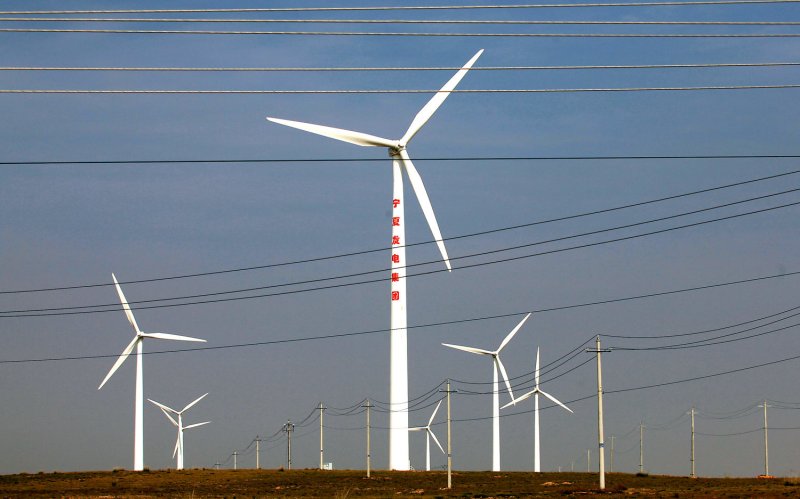BEIJING, Nov. 28 (UPI) -- China and Japan announced the signing of a broad package of energy and environmental deals as part of China's five-year development plan.
Officials signed agreements on 51 projects in energy conservation and environmental protection at during an investment forum in Beijing, China's official Xinhua news agency reports.















